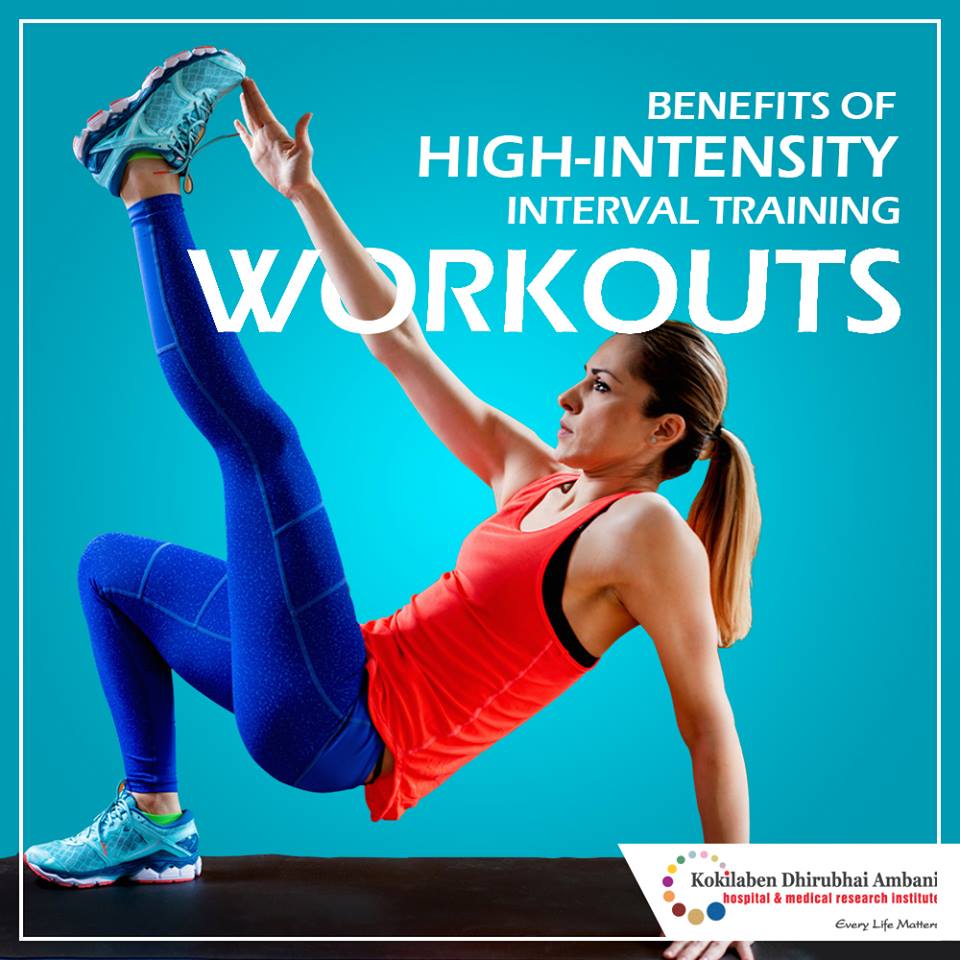


Some concerns exist for HIFT, most notably the US Department of Defense and the American College of Sports Medicine have raised concerns for the potential of insufficient instruction in HIFT methods, need for scaling and training progressions, and the importance of monitoring participants for overtraining and injuries. This is important since self-selected intensity results in greater tolerance for HIT, especially for previously inactive individuals. HIFT intensity is self-selected by participants. Group-based high-intensity functional training (HIFT) temporally combines aerobic and resistance exercises with focus on functional (multi-joint) movements, resulting in improvements to aerobic capacity and body composition. However, enjoyment rebounds post-exercise for HIT. Adherence is also impacted by affective responses to exercise intensity, where enjoyment decreases as intensity increases, potentially contributing to high rates of physical inactivity. Įxtrinsic factors often motivate exercise initiation, yet facilitating intrinsic motivation is key for exercise adherence. However, HIT often utilizes aerobic intervals which may not be sufficient combined aerobic and resistance training among sedentary overweight and obese adults results in greater weight and fat loss and fitness improvements than each modality alone. Although the intensity required might be intimidating, the reduced time requirement may be appealing to many adults, showing potential for higher rates of adherence.

High-intensity training (HIT) provides fitness and health improvements in less time per week than current guidelines. adult population, understanding their low exercise participation and high dropout rates is critical. As overweight/obese adults are becoming the 'average’ U.S. For weight loss and control, at least double the weekly amount of moderate-intensity physical activity (>300 minutes) is recommended. This is especially problematic for overweight and obese adults due to high risk for comorbid conditions.

High intensity health trial#
Trial registrationĬ Identifier: Registered 9 July 2014.įew adults meet weekly guidelines of 150+ minutes of moderate-intensity or 75+ minutes of vigorous-intensity aerobic physical activity, and 2+ days resistance exercises, often citing time as a barrier. High-intensity exercise options should be included in public health interventions. HIFT participants spent significantly less time exercising per week, yet were able to maintain exercise enjoyment and were more likely to intend to continue. Workouts were shorter for HIFT than ART (p <. No significant changes in BMI or body composition were found. More HIFT participants planned to continue the same exercise than ART participants (p =. 009) reported lower baseline exercise enjoyment than HIFT participants, although ART participants improved enjoyment at posttest (p =. Eighteen participants adhered (ART = 9, 81.8% HIFT = 9, 75%). Participants provided mostly intrinsic reasons for exercise initiation. Adherence was defined as completing 90% of exercise sessions. Participants completed baseline and posttest questionnaires indicating reasons for exercise initiation (baseline), exercise enjoyment, and exercise intentions (posttest). The HIFT group completed 60-minute sessions of CrossFit™ with actual workouts ranging from 5–30 minutes. The ART group completed 50 minutes of moderate aerobic exercise each session and full-body resistance training on two sessions per week. Both groups completed 3 training sessions per week. Most participants were white, college educated, female, and married/engaged. Participants were physically inactive with an average BMI of 31.1 ± 3.5 kg/m 2, body fat percentage of 42.0 ± 7.4%, weight of 89.5 ± 14.2 kg, and ages 26.8 ± 5.9 years. Participants (n = 23) were stratified by median age (< or ≥ 28) and body mass index (BMI < or ≥ 30.5). MethodsĪ stratified, randomized two-group pre-test posttest intervention was conducted for eight weeks in 2012 with analysis in 2013. This study examined effects of HIFT as compared to moderate-intensity aerobic and resistance training (ART) on exercise initiation, enjoyment, adherence, and intentions. Group-based high-intensity functional training (HIFT) provides time-efficient aerobic and resistance exercise at self-selected intensity levels which can increase adherence behavioral responses to HIFT are unknown. Understanding exercise participation for overweight and obese adults is critical for preventing comorbid conditions.


 0 kommentar(er)
0 kommentar(er)
